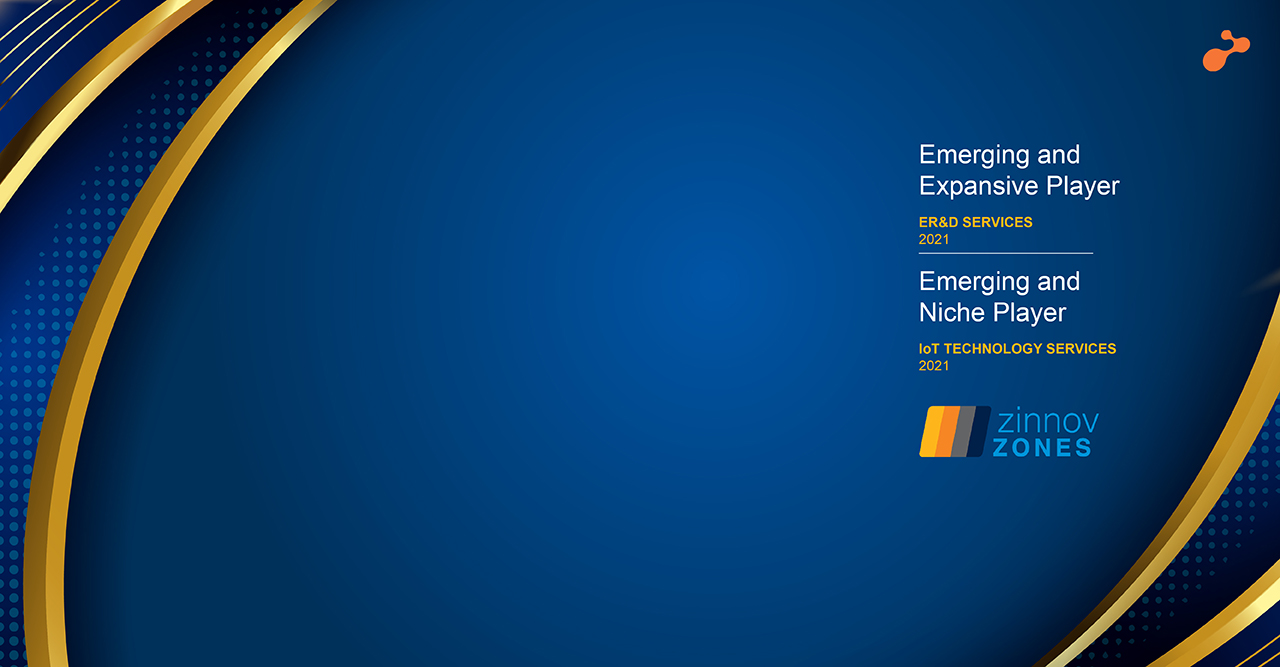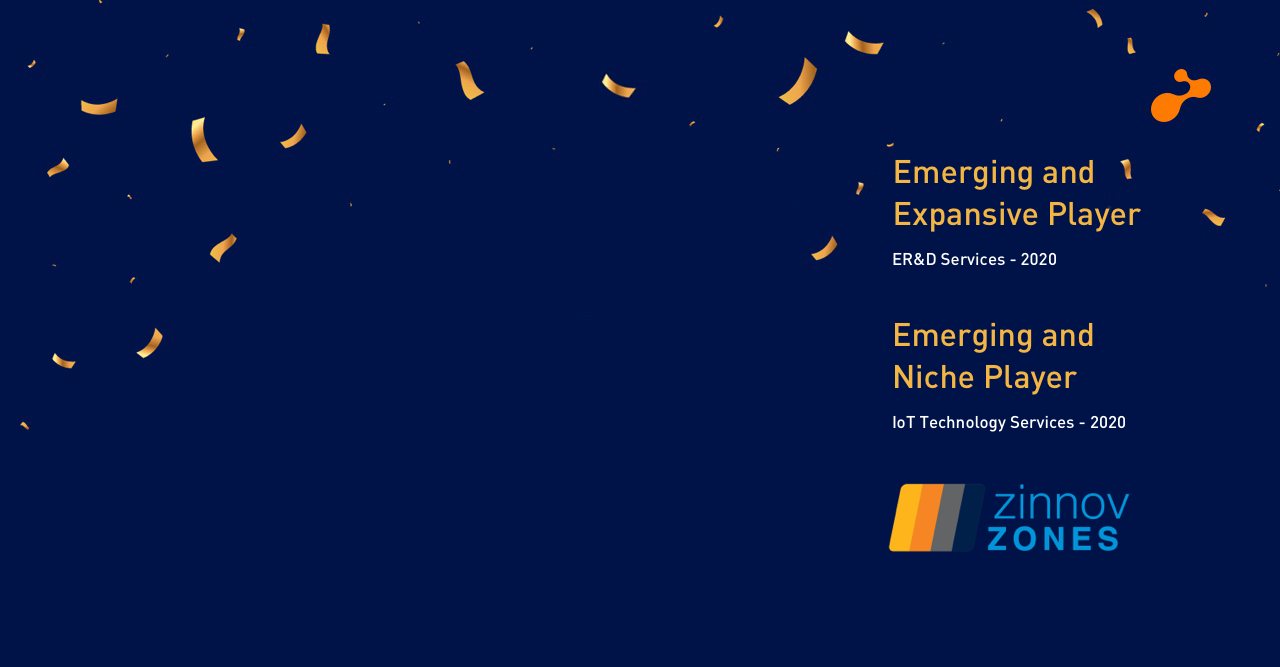As project managers we all want our projects to succeed. We want to make sure that we make steady progress and that we are always on track. That’s what our role and contribution is so it is natural at times for us to get obsessed with milestones and promised intermediate deliverables. When we do get task and milestone focused though, are we running the risk of missing the big picture of the overall results expected? Are new ways and approaches needed in the information age compared to the industrial era?
To understand this, let’s understand where our knowledge and practices are coming from and whether all of them are serving us today. In fact, many project management methodologies, practices and concepts like PERT / CPM from Operations Research were all developed in the Industrial era. These practices were developed for good reasons and fit the constraints, circumstances and goals of the industrial era. Much is different when we deal with software projects compared to a project for say building a “refinery”.
| Industrial era | Information age |
| Project management is all about execution with the blueprint set | Blueprint evolves and real value is usually added iteratively as project progresses |
| Execution is focused around inanimate materials and manufacturing processes | Value is unlocked by human engagement and ingenuity – it’s not doing standard welding |
| Quality is visible and measurable | Quality is largely hidden and tough to measure especially on the dimension of what could have been possible |
| Task and work breakdown structures serve us well | More than task breakdown – focus on managing “wild card”, allowing right thinking and setup time serves us well |
| Command and control model works and is needed to handle disparate resources across various locations that are heavily dependent on each other | Empowerment, support and adding value to the team to dynamically find the best approach as situations unfold works better in this setup |
| In project plan we trust! People are just there for execution | In people we trust! Project plan is a tool to make our life easier |
Tips on how to adjust your project management style
Here are some tips on how to add value as a project manager in an information setup and go beyond cracking the whip:
- Don’t start early – give yourself time to understand the expectations, wild cards, client interaction style and pressures before you put together the team and start running
- Understand the uncertainties that exist in a project at the start of the project – these could be related to product concept, technologies to be used, and any other project variables
- Check the preparedness of the client in terms of clarity of what they want and clear articulation of priorities and vision. If need be, introduce a phase for getting this clarity before the complete team is put together
- Select the team not only based on base skills needed (.NET, Java, HTML5 etc.). Consider the new challenges in the project, working style needed and temperament of the team members needed
- Along with project plan, focus on creating “team binding” specially when the team members are new to each other
- Spend extra time upfront in creating excitement in the team – share the vision, challenges, and learning opportunities – especially needed with offshore teams
- Spend extra time in articulating broad “effectiveness responsibilities” – go beyond tasks and upfront make individual accountable for key aspects of the project
- Have a party first! Break the ice between team members, allow them to relate to each other as individuals, let the image of the new team sync in – create space for building the end success visualization
The manufacturing and industrial age showed us the importance of managing complex projects, dependencies and overall controlling each task and resource to ensure the overall success of the project in terms of time, quality, and costs. Now let’s use some of those techniques for project management but not let these techniques become a roadblock to bringing the best results by leveraging the creative and ownership potential of our team.





